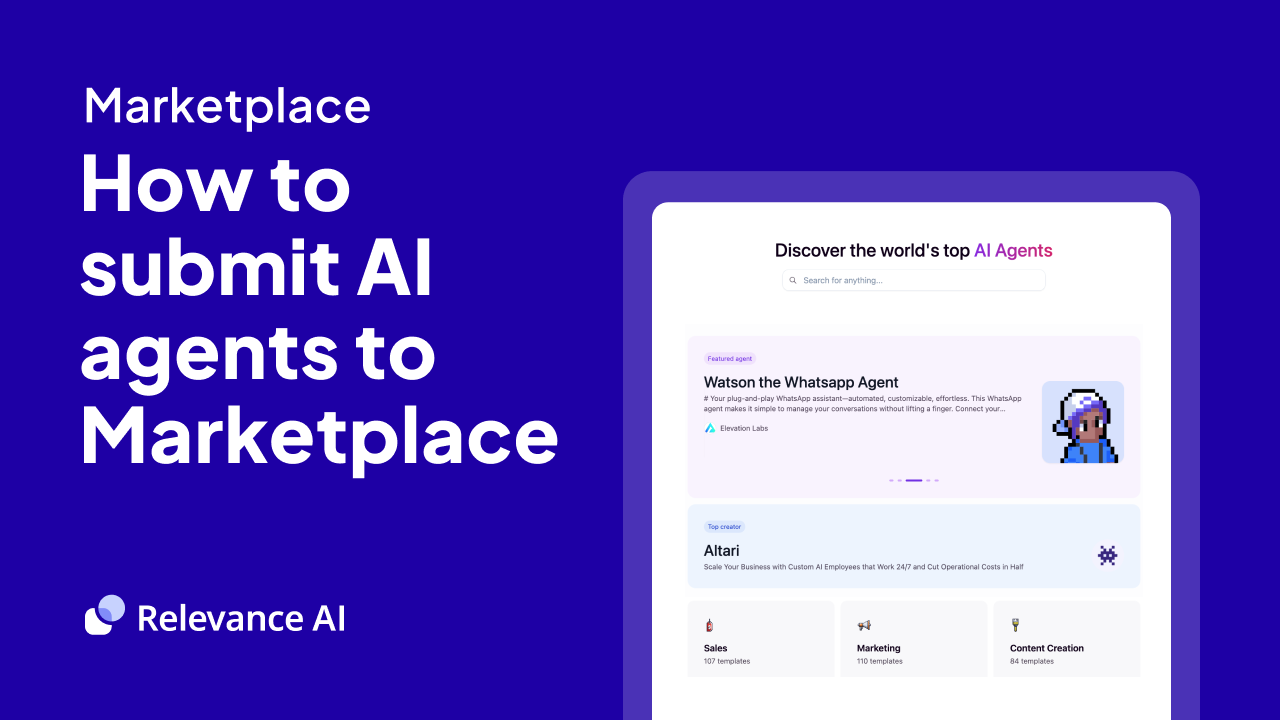Statamic
Understanding Statamic's Core Architecture and Features
Statamic is a modern flat-file content management system that eliminates the need for traditional databases. Built on Laravel, it combines the flexibility of a developer-friendly framework with an intuitive control panel for content editors. The flat-file architecture stores content in markdown files, making version control and deployment straightforward while maintaining powerful managing content capabilities.
The platform stands out with its flexible templating system called Antlers, built-in version control, and dynamic content relationships. Content modeling is highly customizable through blueprints and fieldsets. The control panel provides a polished interface for managing content, users, and assets. Advanced features include multi-site management, robust caching, and a comprehensive API.

Benefits of AI Agents for Statamic
What would have been used before AI Agents?
Statamic users traditionally relied on manual content management processes that required significant cognitive load. Content teams spent hours formatting, organizing, and maintaining their flat-file CMS structure. They juggled between documentation, support tickets, and community forums to troubleshoot issues or learn advanced features. The learning curve was steep, especially for team members new to flat-file CMS systems.
What are the benefits of AI Agents?
AI Agents transform how teams interact with Statamic by removing technical friction points and accelerating the content management workflow. These digital teammates function as on-demand Statamic experts, providing contextual guidance for both basic and advanced operations.
The most impactful benefit comes from AI Agents' ability to handle complex Statamic-specific tasks. They can:
- Generate optimized Antlers templates based on content requirements
- Debug collection structures and suggest performance improvements
- Provide real-time guidance on Statamic's asset handling and media management
- Automate repetitive tasks like content migration and blueprint creation
For development teams, AI Agents serve as force multipliers by handling routine configuration tasks and providing intelligent suggestions for custom addons. They reduce the cognitive overhead of managing Statamic's extensive feature set, allowing developers to focus on building unique site experiences.
Content editors benefit from AI Agents through intelligent content structuring recommendations, automated SEO optimization, and instant access to best practices for Statamic's publishing workflow. This dramatically reduces the time spent on technical documentation and increases content production velocity.
The network effects are particularly powerful - as more teams use AI Agents with Statamic, the knowledge base expands, making the entire ecosystem more efficient and capable. This creates a compounding advantage for organizations that adopt AI Agents early in their Statamic implementation.
Potential Use Cases of AI Agents with Statamic
Content Management Processes
Statamic's flat-file CMS architecture creates unique opportunities for AI agents to enhance content workflows. Digital teammates can analyze content structure patterns, suggest metadata improvements, and maintain consistent taxonomies across the site. They excel at identifying broken internal links, outdated content, and opportunities to interlink related articles.
Development Tasks
When working with Statamic's templating system, AI agents can analyze template patterns and suggest optimizations for better performance. They spot redundant code blocks, identify opportunities for partial extraction, and help maintain coding standards across the project. The agents can also monitor build processes and flag potential issues before they impact production.
Content Creation Support
AI agents transform the content creation process in Statamic by analyzing existing content patterns and brand voice. They generate SEO-optimized meta descriptions, suggest relevant tags, and ensure new content aligns with established style guides. The agents can also draft content briefs based on gap analysis of existing site content.
Asset Management
Managing media assets becomes more efficient with AI agents monitoring the Statamic asset system. They can suggest optimal image sizes, identify unused assets, generate appropriate alt text, and ensure proper organization of asset collections. The agents also help maintain consistent naming conventions across the media library.
User Experience Enhancement
AI agents analyze user behavior patterns within Statamic's control panel, identifying opportunities to customize the admin experience. They can suggest dashboard widget configurations, optimize collection structures, and provide contextual help based on user roles and common tasks.
Performance Optimization
By monitoring site performance metrics, AI agents identify bottlenecks in Statamic installations. They analyze cache effectiveness, suggest antlers template optimizations, and provide recommendations for improving page load times. The agents can also track content delivery performance across different regions.
Security Monitoring
AI agents strengthen Statamic's security by monitoring access patterns, identifying potential vulnerabilities, and ensuring proper permission configurations. They track failed login attempts, analyze user behavior for suspicious activities, and maintain audit logs for security compliance.

Industry Use Cases
AI agents are transforming how teams work with Statamic CMS, creating new possibilities across multiple sectors. The integration of AI within Statamic's flexible architecture opens up sophisticated content management approaches that were previously impossible or required extensive manual effort.
When examining real-world applications, we see AI agents handling complex tasks like content migration, metadata management, and dynamic template generation - all while working within Statamic's elegant ecosystem. These digital teammates don't just execute tasks; they learn from content patterns, user behaviors, and publishing workflows to deliver increasingly refined results.
The following industry examples demonstrate how organizations leverage AI agents in Statamic to tackle specific challenges and create more efficient content operations. Each case reveals unique ways teams are combining human creativity with AI capabilities to achieve better outcomes.
Creative Agencies: Scaling Content Production with Statamic AI
Creative directors face intense pressure to deliver high-quality content at scale while maintaining brand consistency across multiple client projects. A Statamic AI digital teammate transforms how agencies handle content creation and management workflows.
The AI integration enables creative teams to rapidly generate and iterate on content directly within Statamic's familiar interface. For example, when working on a client's product launch campaign, the AI can analyze existing brand guidelines and voice documentation to generate website copy, social media posts, and email content that perfectly matches the established tone.
What makes this particularly powerful for agencies is the ability to maintain creative control while accelerating output. Creative directors can prompt the AI with specific campaign objectives and brand parameters, then refine and polish the generated content. This maintains the human creative touch while reducing time spent on initial drafts.
The real game-changer comes from the AI's ability to learn from feedback and iterations. As teams work with the AI across multiple projects, it develops a deeper understanding of each client's unique voice and preferences. This creates a compounding effect where content quality improves over time while production speed increases.
For agencies managing multiple client websites through Statamic, the AI becomes an invaluable force multiplier. It can simultaneously work across different client projects, each with its own distinct brand voice and content requirements. This scalability allows agencies to take on more clients without proportionally increasing their content creation team headcount.
The ROI becomes clear when examining the numbers: agencies using Statamic AI typically see a 60-70% reduction in time spent on initial content drafts, while maintaining or improving quality metrics. This efficiency gain translates directly to improved profit margins and the ability to serve more clients effectively.
E-commerce: Scaling Product Content with Statamic AI
Online retailers face a massive content scaling challenge - creating unique, compelling product descriptions across thousands of SKUs while maintaining consistent brand voice. The traditional approach of hiring armies of copywriters simply doesn't scale. This is where Statamic AI becomes transformative for e-commerce operations.
The most successful e-commerce implementations of Statamic AI focus on augmenting their existing content teams rather than replacing them. The AI acts as a force multiplier, handling the heavy lifting of initial product description drafts while human writers focus on strategic positioning and creative direction.
A fascinating pattern emerges when analyzing high-performing e-commerce sites using Statamic AI: they typically start by feeding the AI their top-performing product descriptions as training data. This creates a foundation of proven converting copy patterns that the AI can then apply across the entire product catalog.
The network effects kick in as the system processes more product data. Each new description and customer interaction provides additional training signals, creating a flywheel effect where the AI's output becomes increasingly tailored to what drives conversions for that specific store.
Looking at the data from several major online retailers using Statamic AI, the impact is significant: average time to publish new products drops by 80%, while conversion rates on AI-assisted product pages perform within 5% of human-written content. The real magic happens at scale - stores can maintain high-quality unique descriptions across tens of thousands of products without linear increases in content team size.
The most sophisticated implementations take this further by connecting Statamic AI to their inventory and analytics systems. When a product starts trending, the AI automatically generates multiple description variants for A/B testing. This creates a continuous optimization loop that would be impossible to execute manually at scale.
For e-commerce businesses, this represents a step-function change in content operations. The limiting factor shifts from content production capacity to strategic decisions about brand voice and positioning. This is exactly the kind of leverage that enables online retailers to scale efficiently in highly competitive markets.

Considerations and Challenges
Implementing AI agents within Statamic requires careful planning and strategic consideration of both technical architecture and operational impacts. The integration complexity stems from Statamic's flat-file CMS structure and its unique approach to content management.
Technical Challenges
The flat-file nature of Statamic creates specific hurdles when integrating AI capabilities. File system permissions need precise configuration to allow AI agents to access and modify content while maintaining security. Cache management becomes more complex as AI-generated content needs to sync with Statamic's built-in caching system.
API rate limiting poses another significant challenge. When AI agents need to process large volumes of content or handle multiple concurrent requests, developers must implement robust queue systems and fallback mechanisms. The stateless nature of AI interactions requires careful session management and state tracking.
Operational Challenges
Content workflow disruption is a key operational concern. Editorial teams need new processes to review AI-generated content before publication. Training staff to effectively prompt and interact with AI agents requires dedicated resources and time investment.
Version control becomes more nuanced when AI agents modify content. Teams need clear protocols for tracking changes, maintaining content history, and managing conflicts between human and AI edits. Cost management also demands attention - API calls and processing time can accumulate significant expenses without proper monitoring and optimization.
Integration Requirements
Success depends on establishing clear boundaries between AI agent capabilities and human oversight. Teams should implement comprehensive logging systems to track AI actions and decisions. Error handling must account for API downtime, malformed responses, and edge cases specific to Statamic's content structure.
Performance monitoring becomes critical as AI features scale. Teams need dashboards and alerts to track response times, error rates, and system resource usage. Regular audits of AI-generated content help maintain quality standards and identify areas for prompt engineering improvements.
The Future of AI-Enhanced Content Management
The integration of AI Agents with Statamic represents a fundamental shift in content management capabilities. Organizations that effectively deploy these digital teammates gain significant advantages in content production speed, quality consistency, and operational efficiency. The network effects of AI learning from content patterns and user behaviors create compounding benefits over time. While challenges exist in implementation and workflow adaptation, the transformative potential for teams working with Statamic is clear. The future of content management lies in this symbiotic relationship between human creativity and AI capabilities.











